
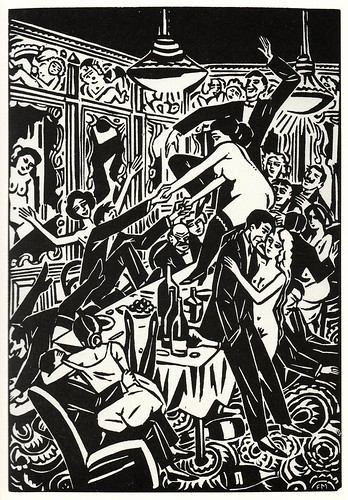
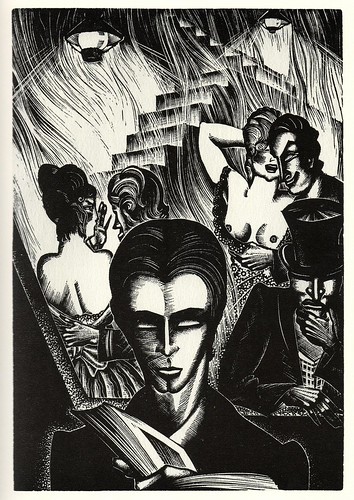

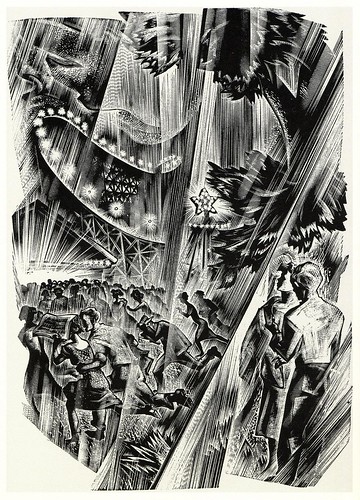
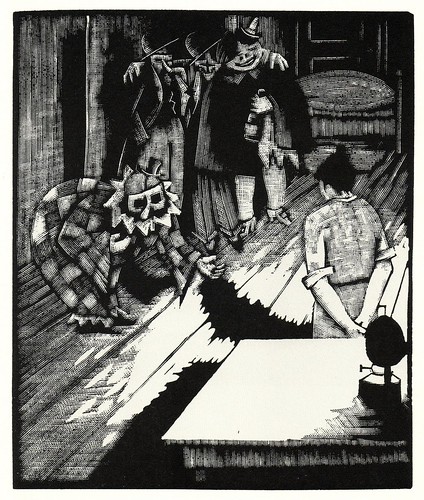
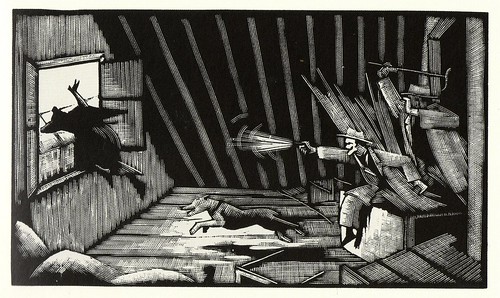
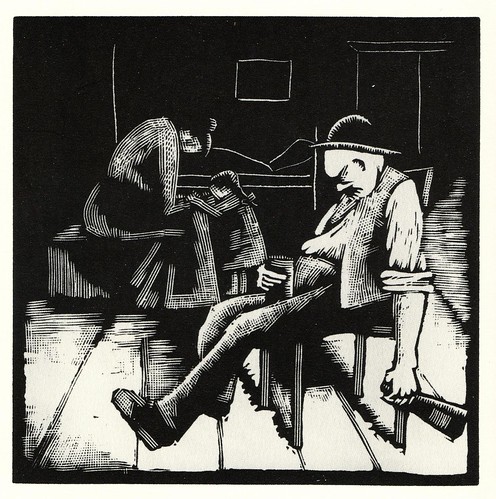
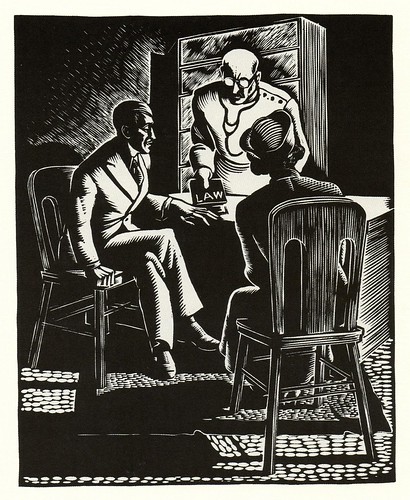
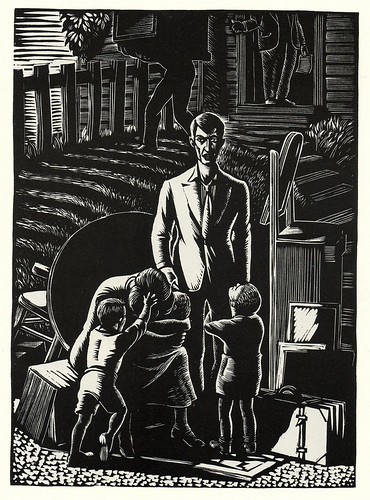
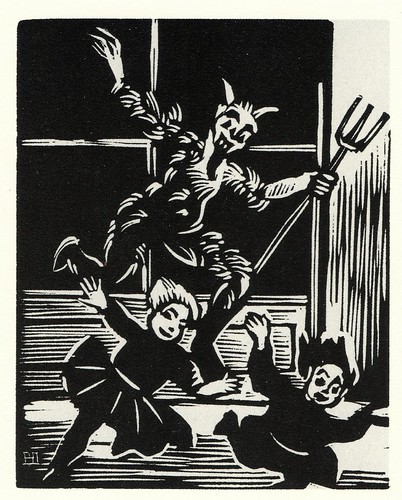
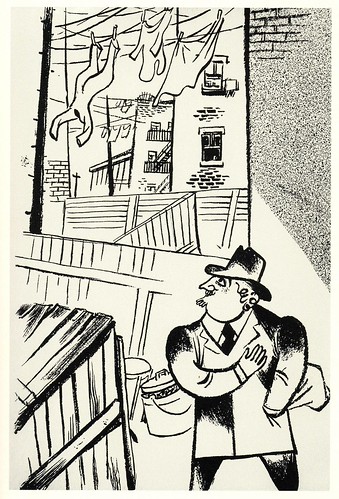
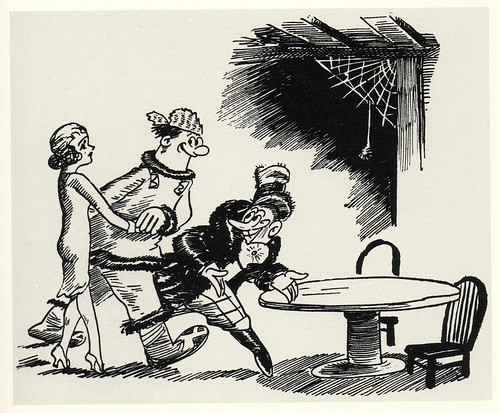
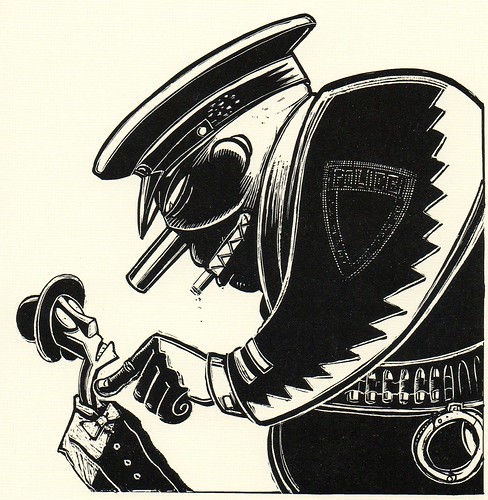
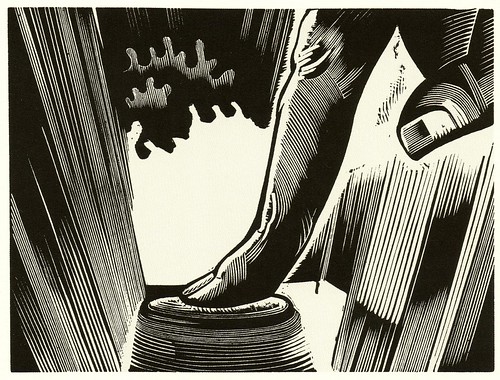
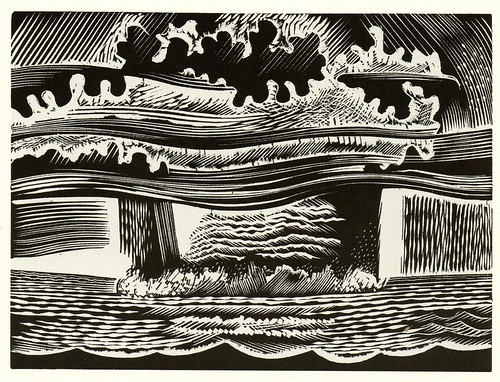
Scanned (with the author's knowledge) from: 'Wordless Books: The Original Graphic Novels' 2008 by David A Beronä [blog].
skip to main |
skip to sidebar


analytics
Books~~Illustrations~~Science~~History~~Visual Materia Obscura~~Eclectic Bookart.

Contact | Who?
Recommended Blogs
Blog Archives
Resource Sites
- digital nz
- library of congress
- british library
- library france
- library holland
- library spain
- library portugal
- european library
- library australia
- collections canada
- digital poland
- nypl digital
- botanicus digital
- v&a collections
- britmuseum prints
- smithsonian search
- smithsonian galaxy
- f.a.m.s.i.
- casglu'r tlysau
- rumsey collection
- manuscript catalogue
- digital scriptorium
- cesg manuscripts
- swiss manuscripts
- pecia mss blog
- digital book index
- rare book room
- online exhibitions
- primary sources
- worldcat search
- library directory
- digital librarian
- intute resources
- warburg institute
- lexilogos links
- digiwiki links
- museum blogs
- book arts web
- culture archive
- conservation articles
- art-history timeline
- visual arts
- arts journal
- artcyclopedia
- ukiyo-e
- calligraphy megapage
- penmanship
- woodblock
- coconino
- alchemy website
- health hist. img-banks
- health history links
- history network
- new advent


















18 comments :
I'm intrigued. To which book(s)/collection(s) do they belong?
Though I rarely leave comments, I read/watch every post. I love your blog and appreciate your hard work. Thanks!
Monica
I am so pleased that you posted some of these extraordinary illustrations. I have four of Lynd Ward's graphic novels and they are prized possesions. It seems a shame that these gems are so little known these days. Thanks again!
Frans Maaserel has become a major influence
I noticed that you posted some Jean De Bosschere back in 2005, and was wondering if you would consider adding other book illustrators from that period. I'm thinking of Frank C. Pape whose illustrations of James Branch Cabell and Rabelais were so in tune with the written material, and Clara Tice with her opulent and seductive style. There are others that I could suggest too.
The books seem old enough that the images should be free of copyright, but that's not my area of expertise.
Source? Artist? Book?
If you mouseover each image you can find the artist name. At the end of the post there is a link (embedded in either a big dot or perhaps a question mark, depending on browser etc) to the Amazon page for the source book (which is also stated on mouseover of the link). I was trying to be subtle. 'Wordless Books' and all.
I'll bear those names in mind thanks doc. Copyright would be a consideration no doubt, but finding suitable material to post is the larger hurdle, at least in a practical sense.
What a lovely collection!
I remember the third from the bottom. I think it was an illustration to a comic book version of some of Kafka's most famous short stories. Kuper's style definitely works for Kafka's stories. Great stuff!
x
Suzanne
Mouseover was too subtle for me to figure out (drove too much this week). Clara Tice would be rather fun...
I know some people who will gobble these down, and am posting a link for them. :D
You may be interested in my book, Wordless Books: The Original Graphic Novels, where all of these images and books are discussed.
'dberona' is in fact David Berona, the author of the book from which the above scans were taken. I've spoken to him via email and have now added a proper line of attribution with respect to his wonderful book.
Bodley Head in England published quartos of Anatole France, Pierre Louys, Cabell, etc. These were illustrated by the best book illustrators of the day. In The US the books were republished in the same size and format by Dodd Meade.
Earlier book artists (you can tell that I'm a fanatic can't you?) are Sime who illustrated those small fantasies of Lord Dunsany, A. Robida who did Balzac's Droll Tales, and Charles Bennett who amplified the strangeness of Henry Morley's The Chicken Market.
It would be interesting to see duelling illustrators since Dore, Pape, Picart, Robinson and more have all had their innings with Gargantua and Pantagruel.
It's probably unnecessary to tell you that I can provide more names
Wow this format or print technique seems to lend itself exceptionally well to the sinister...
Although you're right about this form's potential for drama, Adeline, some of the finest illustrations of this type were done by an artist named Paul Landacre (what a great name) for a series of books by Donald Culross Peattie on the Natural History of Trees published in the 1950s.
These days we have become so used to the use of photographs to illustrate nature as it is, in microscopic detail, that we sometimes forget how well an artist can convey the feel, the emotional response to something.
Landacre's trees are monochromatic and detailed, but above all, some of the most moving pictures of nature that I've seen.
The pictures from the tree book don't seem to be available online, but if you Google his images, look for one called "Growing Corn", it will give you a flavor of his work.
Thanks very much for your comments doc. [Peattie: 'Natural History of Western Trees'; 'Growing Corn' by Landacre]
I see what you are saying about Landacre in so far as he was a master of wood engraving, but his work, at least for the Peattie book, wouldn't come under the umbrella 'graphic novel' genre. [that's not to challenge you; I presume you are responding to the point about the technique/medium. I just mention it in passing.]
I understand the sinister aspect: the b&w profile almost sets up story telling scenes as emanating from the shadows, making that aspect fairly easy to emphasize. More intriguing for me is the reason why the graphic novel tended towards social commentary. Was this just a follow the leader development or is there some other reason??
You understood me perfectly.
It might amuse you to know that back in the 1970s the US Navy floated (sorry) the idea of transforming many of the enlisted training manuals into a purely graphic format.
Unfortunately, the idea was a sad indicator of their opinion of the intelligence of their sailors rather than a celebration of graphical communication.
Well, the Army had (somewhat) beaten the Navy to it: Will Eisener's Preventive Maintenance Monthly.
... and who doesn't love Will Eisner.
Post a Comment
Comments are all moderated so don't waste your time spamming: they will never show up.
If you include ANY links that aren't pertinent to the blog post or discussion they will be deleted and a rash will break out in your underwear.
Also: please play the ball and not the person.
Note: only a member of this blog may post a comment.